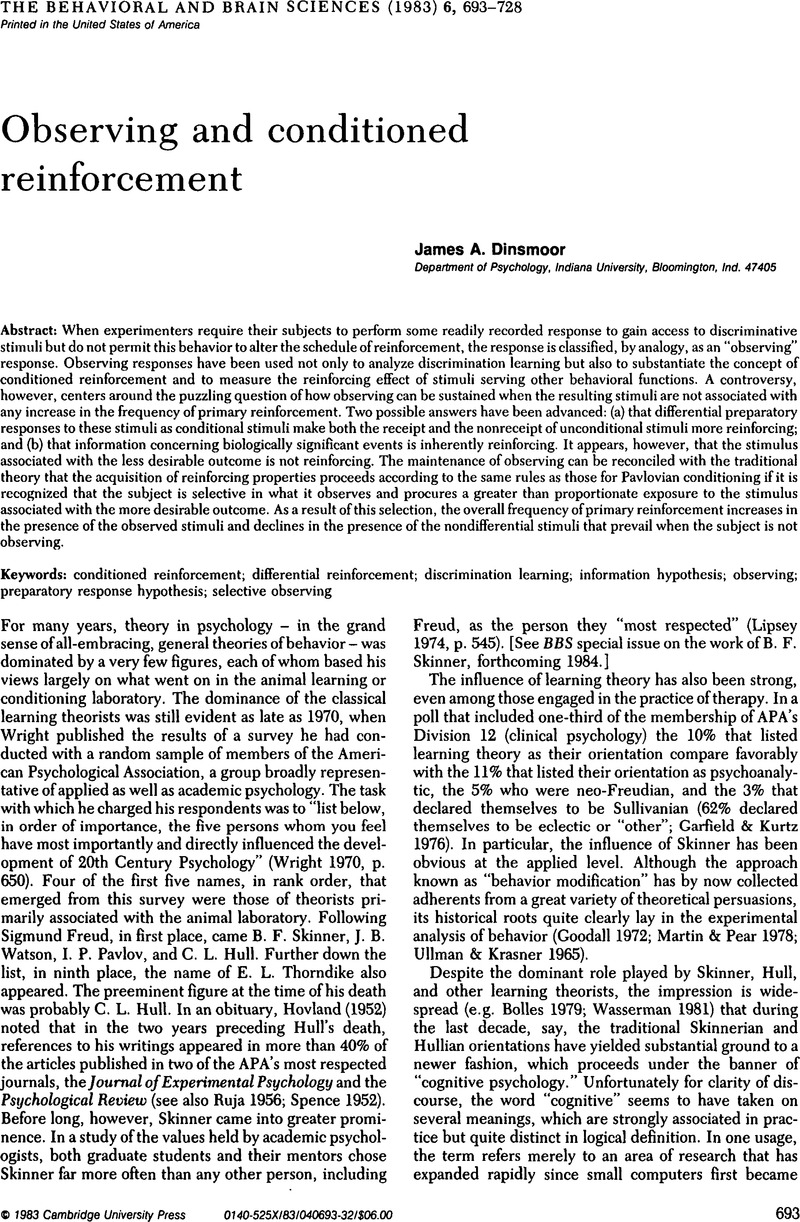Crossref Citations
This article has been cited by the following publications. This list is generated based on data provided by Crossref.
Gaynor, Scott T.
and
Shull, Richard L.
2002.
THE GENERALITY OF SELECTIVE OBSERVING.
Journal of the Experimental Analysis of Behavior,
Vol. 77,
Issue. 2,
p.
171.





